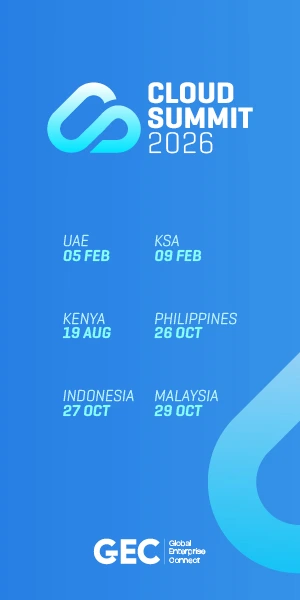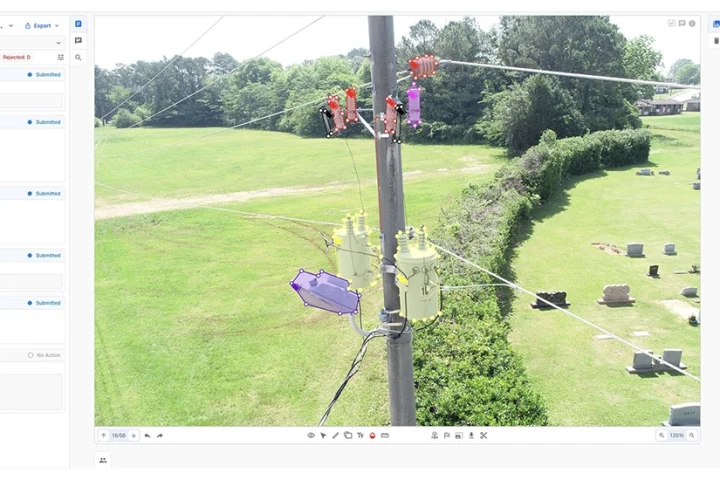For years, enterprise infrastructure was treated as background plumbing—necessary but unglamorous. The cloud era pushed compute, networking, and storage into the hands of hyperscalers, leaving system integrators chasing marginless hardware sales and barebones managed services.
“Infrastructure became a commodity,” recalls Hani Nofal, SVP Technology Solution in Middle East and Africa at NTT DATA. “Clients didn’t want to talk innovation with us anymore. They just wanted routing, switching, maybe some telephony—and that was it.”
But thanks to the rapid rise of artificial intelligence, the conversation has flipped. Today, infrastructure is back at the centre of the digital agenda.
Artificial intelligence is no longer just a business add-on; it’s an infrastructure stress test. AI workloads demand extraordinary compute power, high-speed networking, and ultra-low latency. GPUs are now more coveted than gold. Governments are mandating sovereign infrastructure to host their national AI ambitions. And enterprises are realising their patchwork of multi-cloud services won’t scale to meet next-generation demands.
“The last few years were dull,” admits Hani. “But thanks to AI—it has completely changed the game”
In the Middle East, hyperscalers hesitated during the first wave of cloud. The region missed out on early cloud-scale investment, and many enterprises defaulted to fragmented solutions. “But the AI wave is different. Governments from the UAE to Saudi Arabia are determined not only to adopt AI but to lead it—building infrastructure designed to export capability across the wider region,” says Hani.
That urgency is reshaping strategies, according to him. Sovereignty has become a driving theme: nations want control over their data, their compute resources, and their ability to secure operations regardless of geopolitical shocks. Digital sovereignty is no longer an abstract principle; it’s a real business and regulatory requirement.
The new economics of AI infrastructure
Traditionally, system integrators made money three ways: vendor margins on hardware, professional services, and support contracts. Today, those models are eroding. Hardware margins have shrunk, software is subscription-based, and implementation has become easier—even self-service in many cases.
So where’s the value now? Adoption.
If clients don’t use what they buy, they cancel. That’s why NTT DATA has pivoted to outcome-driven frameworks. It now offers:
- SLAs (Service Level Agreements): Traditional uptime and support.
- ULAs (Utilisation Level Agreements): Monitoring license usage, optimizing cost, and ensuring clients don’t under- or over-utilise.
- VLAs (Value Level Agreements): A next-level commitment to deliver measurable business outcomes from the investment.
This approach makes AI practical rather than theoretical—tying infrastructure and applications directly to adoption, utilisation, and return on investment.
One of NTT DATA’s boldest innovations is embedding AI agents into its support processes. Traditionally, engineers handled everything—gathering logs, analysing incidents, coordinating vendors, and firefighting under pressure during P1 outages. But with AI agents specialised in collaboration, networking, or data centers, that entire model changes.
Now, a human engineer orchestrates the process. AI agents handle log analysis, identify potential root causes, draft client communications, and suggest next steps. “What might take two to three days, the AI can do in five minutes,” Hani explains.
The result? Faster resolution, higher accuracy, and human engineers freed to focus on orchestration and business value. It’s an unprecedented shift in how enterprise support operates—and one that sets a new standard for the industry.
Beyond day-to-day support, NTT DATA is deeply engaged in building AI factories for clients worldwide. These are sovereign AI environments designed to develop, train, and deploy AI models at scale, tailored to national and sectoral needs.
Partnerships with global leaders like OpenAI, NVIDIA, and Microsoft, alongside regional innovators like Mistral in France, ensure clients can access the best technologies while meeting local regulatory demands. The model is end-to-end: from designing infrastructure to integrating AI use cases to managing operations.
“Our focus is co-innovation,” says Hani. “We start from the business outcome—the application layer, the AI use case—and stitch together all the technology layers underneath.”
From productivity to innovation
Most organisations today are stuck at the first stage of AI adoption: productivity. They’re using AI to reduce costs or automate repetitive tasks. The next stage is performance, where AI improves speed, accuracy, and customer experience—particularly in areas like contact centers and digital workplaces.
But the true leap is innovation—when AI enables entirely new business models, like the next Uber or Airbnb. “We’re not quite there yet, but it’s coming,” says Hani. “That’s where we want to engage with clients: not just to modernize, but to co-create what comes next.”
Just as cloud adoption was reshaped by data residency and cybersecurity laws, AI is now being shaped by emerging regulation. From Europe’s AI Act to Middle Eastern sovereignty requirements, organisations must align with policy as much as with technology.
That makes compliance a competitive differentiator. Hani says NTT DATA’s ability to design AI architectures that are both innovative and compliant positions it as a trusted partner in markets where regulation is evolving quickly.
A future built on outcomes
What ties all of this together is a shift in customer mindset. Buying technology is no longer enough; organisations want consolidation, resilience, and measurable outcomes.
AI is the catalyst exposing infrastructure bottlenecks, regulatory blind spots, and fragmented systems. But it’s also the opportunity to reimagine IT from the ground up: not as a cost centre, but as the foundation for national competitiveness and enterprise innovation.
“Infrastructure used to be background noise,” concludes Hani. “Now, thanks to AI, it’s the headline act again. And this time, it’s not just about keeping the lights on—it’s about shaping the future.”
























